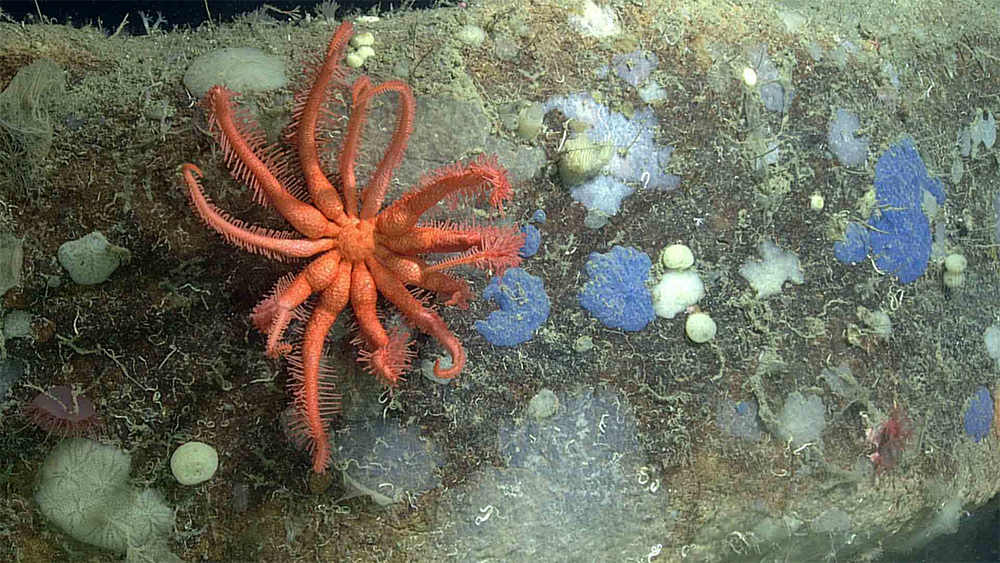Definition
Areas that contain a relatively high proportion of sensitive habitats, biotopes or species that are functionally fragile (highly susceptible to degradation or depletion by human activity or by natural events) or with slow recovery
Examples
Vulnerability of species
- Inferred from the history of how species or populations in other similar areas responded to perturbations
- Species of low fecundity, slow growth, long time to sexual maturity, longevity (e.g. sharks)
- Species with structures providing biogenic habitats, such as deep-water corals, sponges and bryozoans; deep-water species
Vulnerability of habitats
- Ice-covered areas susceptible to ship-based pollution
- Ocean acidification can make deep-sea habitats more vulnerable and increase susceptibility to human-induced changes
Case study: Slopes of the Flemish Cap and Grand Bank
The slopes of the Flemish Cap and Grand Banks of Newfoundland contain most of the aggregations of organisms that are indicative of vulnerable marine ecosystems (VME) identified in areas beyond national jurisdiction in the northwest Atlantic Ocean. Such organisms include deep-sea sponge, corals and seapens that occur in dense aggregations, which can act as habitat, breeding ground, nursery and refuge area for countless other species, including commercially important fish species.
The reason for their vulnerability is that deep-sea species tend to be slow growing, slow to mature and reproduce, and fragile; they are also in the path of deep-sea trawlers that target the fish. Recovery after disturbance of those species and the reef habitats they create is likely to take many decades or even centuries. This EBSA includes all the sponge grounds and deep-sea coral aggregations known in the area, as well as other VME indicator species, such as tube-dwelling anemones and sea lilies, and VME elements such as canyons, steep flanks and knolls. Beaked whales, sperm whales, hooded seals, abundant squid species, wolffish, Greenland sharks and seabirds such as little auk and great skua are frequent visitors to the area.
The Slopes of the Flemish Cap and Grand Bank were described by participants at the Regional EBSA Workshop for the North-west Atlantic, and designated as an EBSA at COP12 (Decision XII/22, October 2014).

Benthic fauna at Flemish Cap

